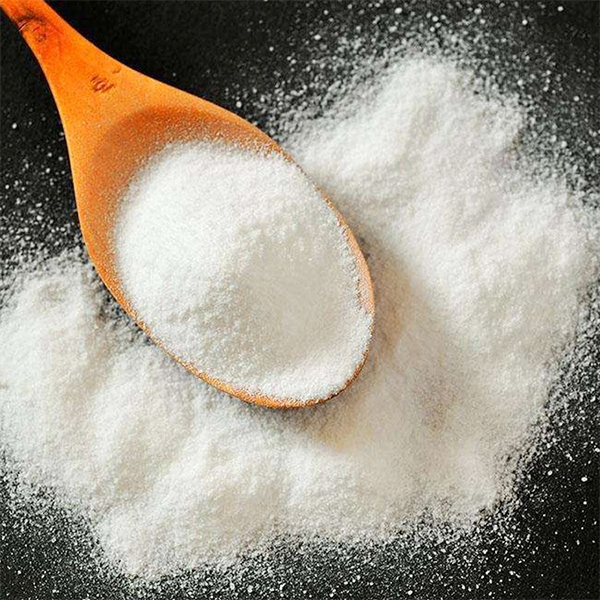Bond Chemicals The Unsung Heroes of Adhesive Technology
In the realm of construction and renovation, the importance of tile bond chemicals cannot be overstated. These specialized adhesives play a crucial role in securing tiles to various surfaces, ensuring durability and aesthetic appeal. As the construction industry continues to evolve, so too do the formulations and applications of these essential bonding agents.
Tile bond chemicals, also known as tile adhesives, are designed to provide a strong, permanent bond between tiles and substrates such as cement, concrete, or drywall. These adhesives come in various forms, including cementitious, epoxy, and organic adhesives. Each type has its specific applications, advantages, and limitations.
Cementitious Adhesives
Cementitious tile adhesives, commonly known as thin-set mortars, are the most widely used type in the industry. Composed mainly of sand, cement, and various additives, these adhesives are mixed with water to create a workable paste. Their popularity stems from their ease of use, versatility, and compatibility with a wide range of tile materials, including ceramic, porcelain, and natural stone. Cementitious adhesives are particularly effective for indoor applications where exposure to moisture is minimal.
One of the primary advantages of cementitious adhesives is their strong initial grab and long-term bond strength. They also exhibit excellent resistance to temperature fluctuations, making them suitable for both residential and commercial installations. However, it’s essential to choose the right type based on the specific requirements of the project. For instance, when installing tiles in wet areas like bathrooms or kitchens, one should opt for a modified thin-set that includes polymers for enhanced moisture resistance.
Epoxy Adhesives
For applications that demand superior bond strength and chemical resistance, epoxy adhesives are often the preferred choice
. These two-component systems consist of a resin and a hardener that, when mixed together, create a powerful adhesive capable of withstanding heavy loads and harsh environmental conditions. Epoxy tile bond chemicals are particularly beneficial in industrial settings or locations subject to high levels of moisture, chemicals, or temperature variations.While epoxy adhesives provide exceptional performance, they have a longer curing time and may require specialized tools for application. Additionally, the cost of epoxy adhesives is typically higher than that of cementitious alternatives. Therefore, their use is often reserved for specific projects where needed durability and performance outweigh cost considerations.
tile bond chemical

Organic Adhesives
Organic tile adhesives, which include mastics and glues, are often used for wall tiles and lighter materials. These adhesives can be premixed and offer the convenience of easy application. They are typically not suitable for wet areas or for heavy tiles that require a more robust solution. One of the defining features of organic adhesives is their flexibility, which can be advantageous in installations that may experience slight movements.
Despite their ease of use, organic adhesives have limitations regarding heat and moisture resistance. As such, they are generally discouraged in areas exposed to significant water exposure, like bathrooms or outdoor patios.
Innovations in Tile Bond Chemicals
Advancements in technology have led to significant improvements in tile bond chemicals. The development of polymer-modified and rapid-setting adhesives has increased the efficiency and effectiveness of tile installations. These innovations not only reduce the drying time but also enhance the bond strength, paving the way for quicker project completions without compromising quality.
Furthermore, the shift towards environmentally friendly products has led manufacturers to explore sustainable materials and formulations. This trend resonates well with the growing demand for green construction practices, benefiting both the environment and the end-users.
Conclusion
Tile bond chemicals may not receive the limelight in construction discussions, but their significance is undeniable. The right adhesive can determine the longevity, safety, and aesthetic appeal of tile work. As new technologies and formulations continue to emerge, professionals in the industry must stay informed and choose the appropriate bonding agents tailored to the specific needs of each project. In doing so, we ensure that our tiled surfaces remain durable, beautiful, and functional for years to come.
-
The Application and Significance of Construction RdpNewsMay.19,2025
-
Industrial Grade HpmcNewsMay.19,2025
-
Building Coating Adhesive Building Coating Adhesive HpmcNewsMay.19,2025
-
Application Of Hpmc For Detergent For Detergent In DetergentsNewsMay.19,2025
-
Application Of Hpmc Cellulose In Cement-Based MaterialsNewsMay.19,2025
-
Application Of High Quality Hpmc For Construction In The Field Of ConstructionNewsMay.19,2025




